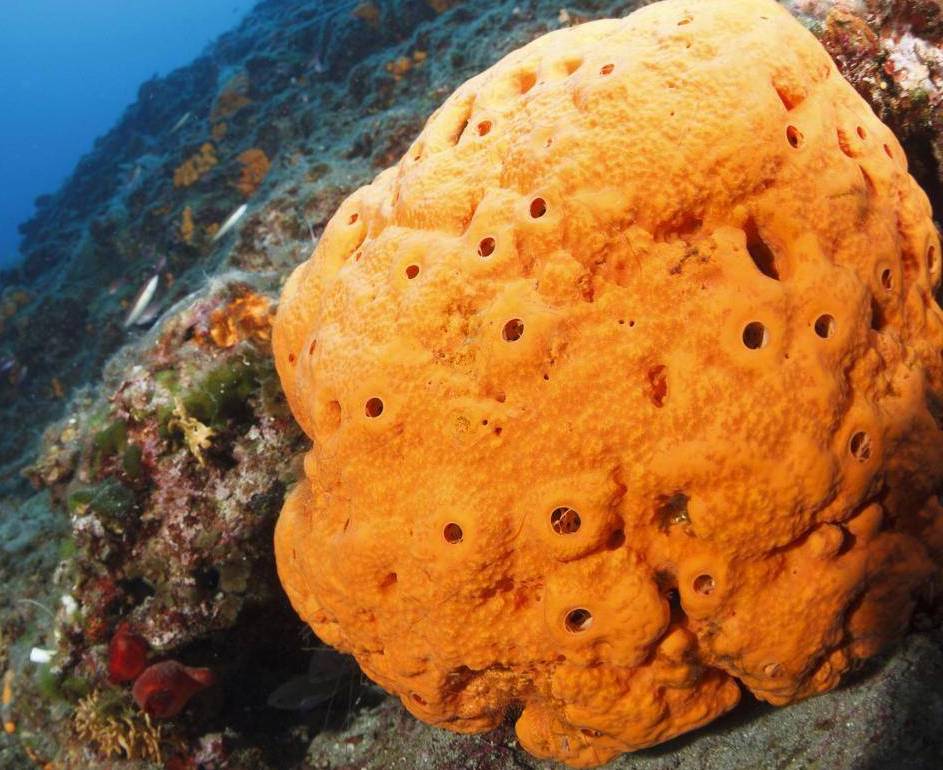
Chesapeake Bay: Nature of the Estuary, A Field Guide by Christopher P.Life in the Chesapeake Bay by Alice Jane Lippson and Robert L.Sponges provide important habitat for shrimp, worms, crabs and other small Bay creatures.Red beard sponges cannot survive if taken out of water.Red beard sponges are the most common sponge in the Chesapeake Bay.

Young sponges are usually thin and flat, rather than thick and branching. Free-swimming larvae eventually settle to the bottom, where they find a hard surface to attach themselves to. When you look at a sponge, the word 'animal' might not be the first that comes to mind, but sea sponges are animals. During sexual reproduction, eggs are fertilized within the sponge. The sponge fragments bud into new sponges. Asexual reproduction takes place when branches are damaged or broken off. These sponges reproduce both sexually and asexually. Unused water and waste products exit through another opening at the top of the sponge. Beating, hair-like cilia capture food particles in the water. they get famrian calarian zygomate and spray it into near by water. 2008), and their bodies provide shelter for large numbers of invertebrates and fishes (Westinga and Hoetjes 1981). These stringy clumps of mucus, basically the equivalent of sea sponge snot, were then expelled into the water column by a series of contractions and relaxations across the sponges’ surface.Red beard sponges are filter feeders that feed by drawing water through their pores into their chambers. How does the grantia sponge defend itself Wiki User. Sponges are important to the overall ecology of coral reefs for many reasons: They are very efficient filter feeders, providing an important link in benthic-pelagic coupling (Southwell et al. These highways became junctions at specific elevated sections on the sponges' surface with the mucus forming stringy clumps. The video also shows that mucus is continually moving across the surface of the sea sponge, creating “mucus highways” that contain waste material.

In the video, the sponge can be seen expelling particulate matter through its inlet pores. Researchers recorded a time-lapse video of the stove-pipe sponge ( Aplysina archeri).

These sponges move mucus, containing waste particles, against their internal flow of water out of their ostia and into the surrounding water column by a period of surface contractions – or “sneezing”. While marine experts have known about this behavior for a long time, new research published in the journal Current Biology has revealed a new waste disposal system.


 0 kommentar(er)
0 kommentar(er)
